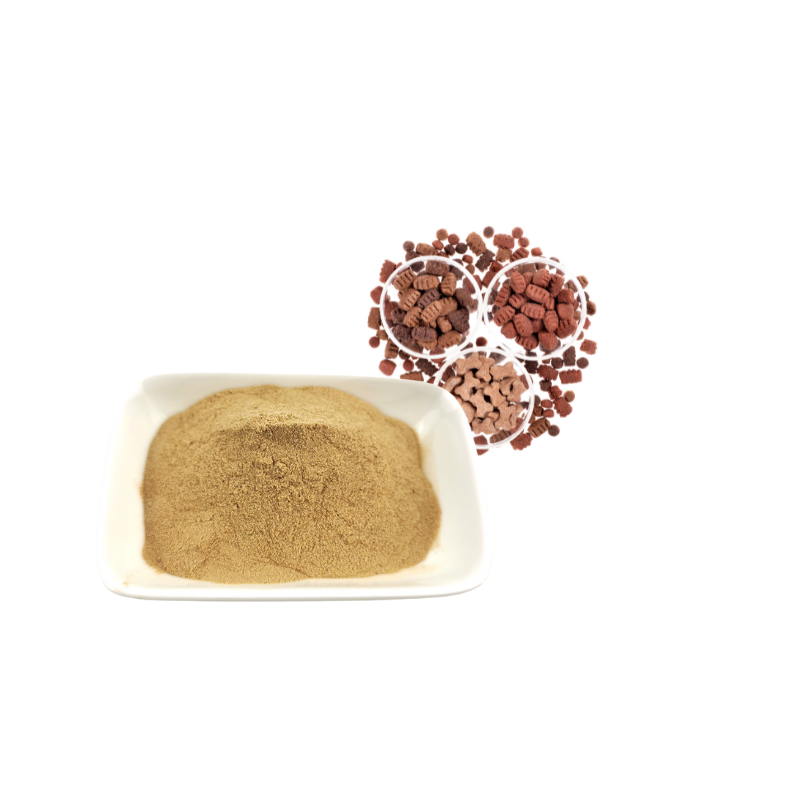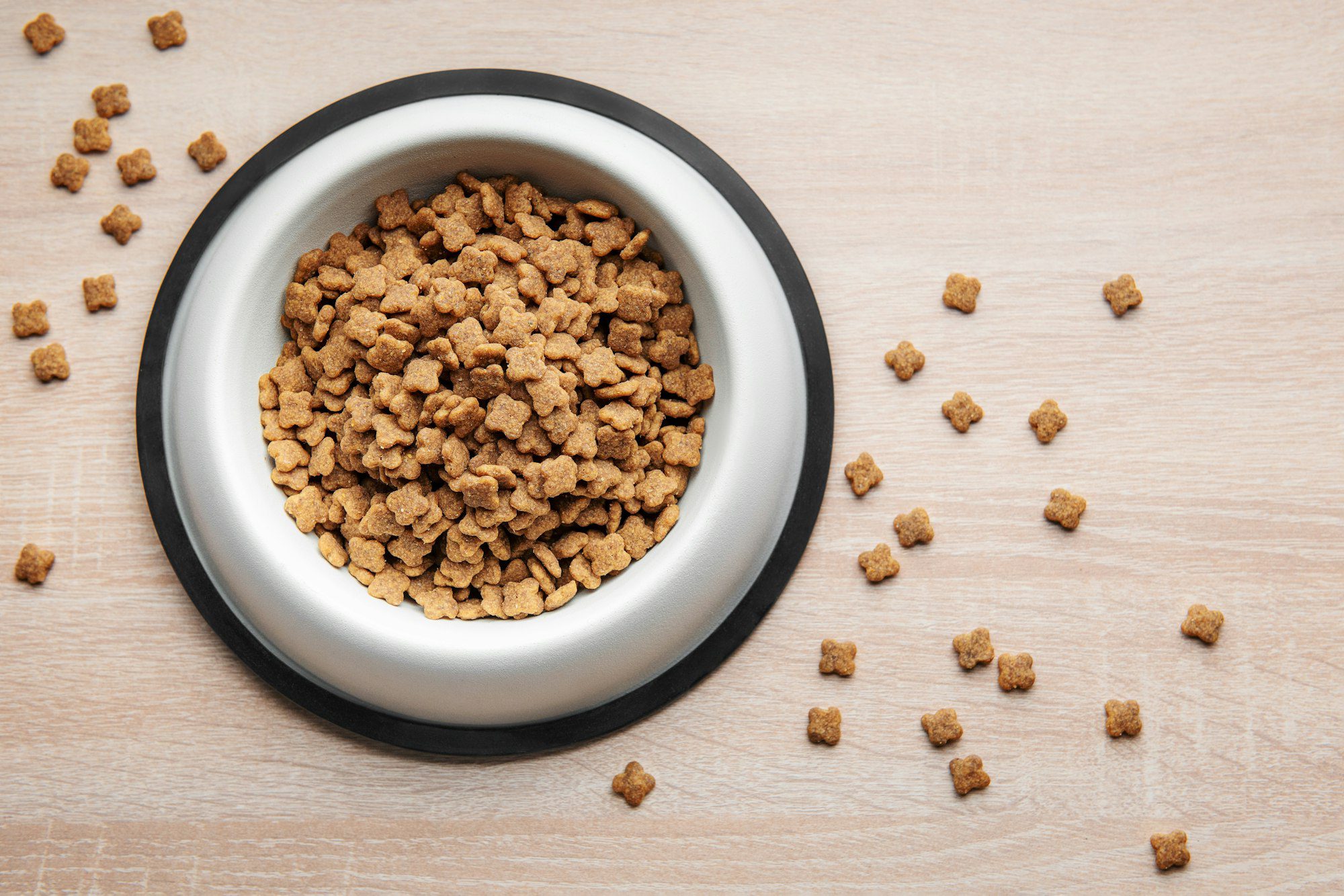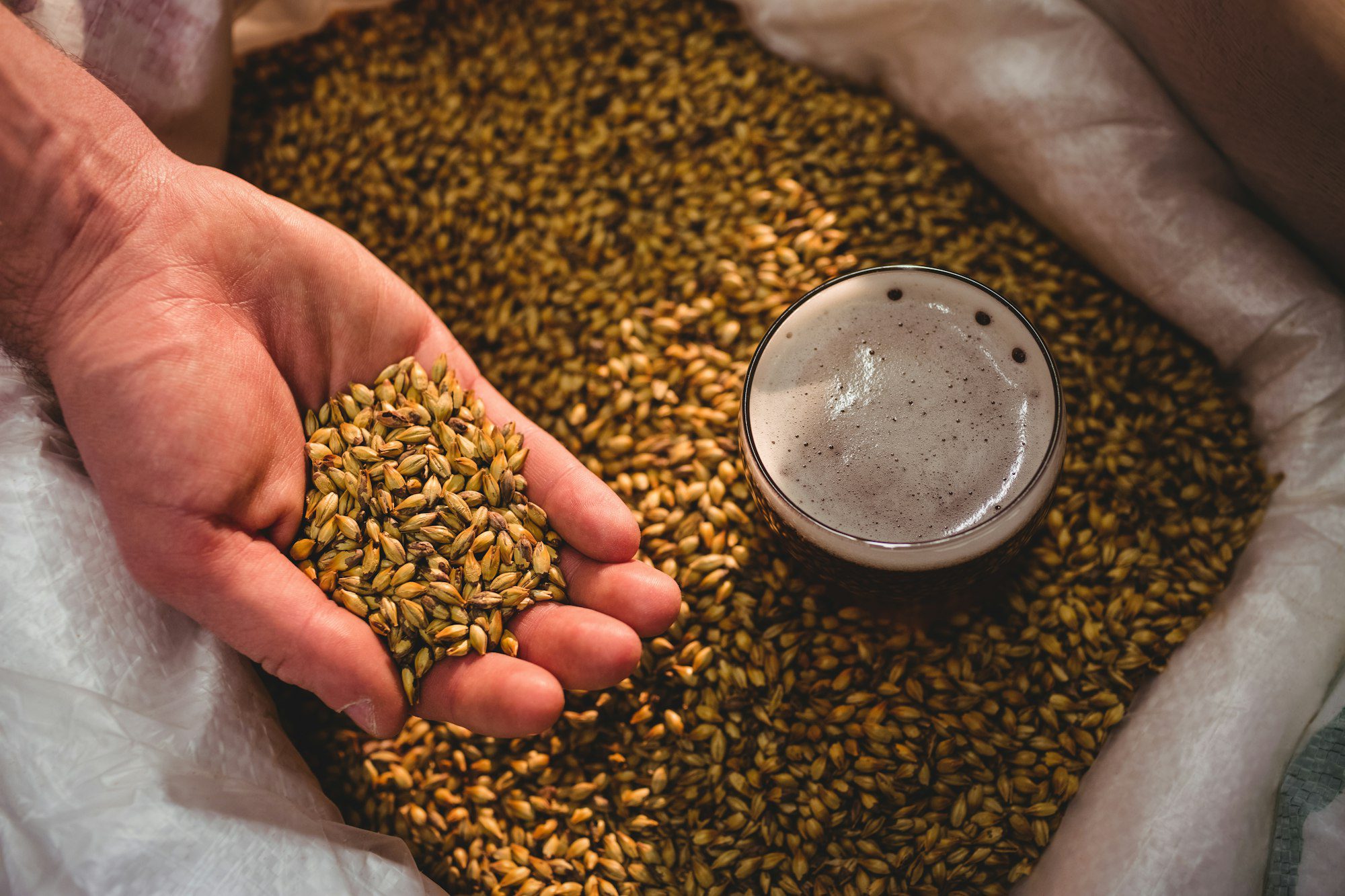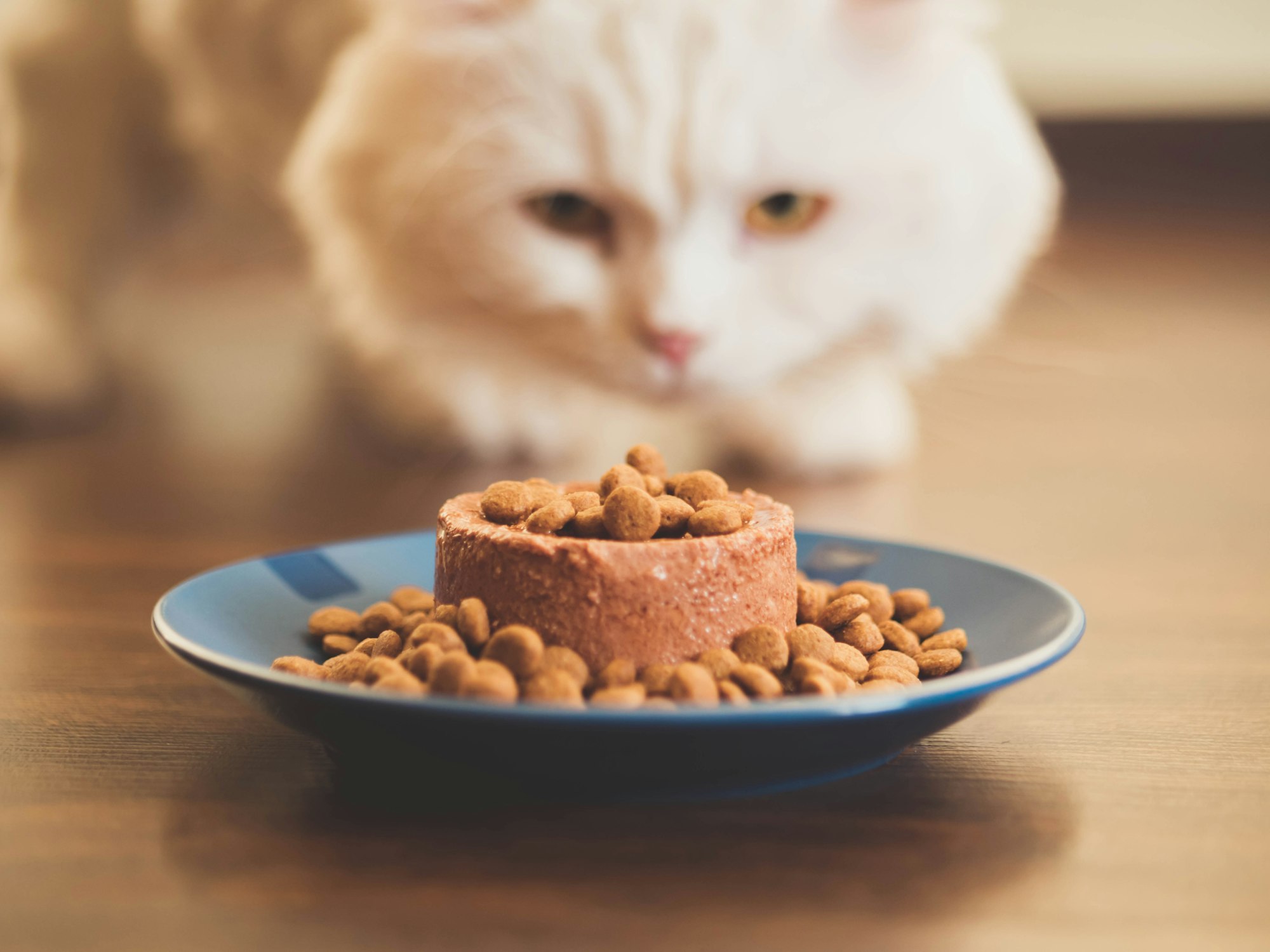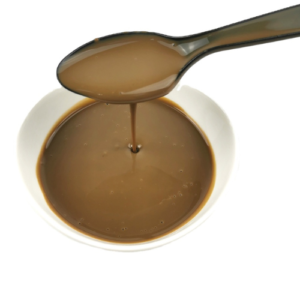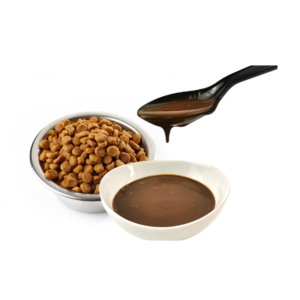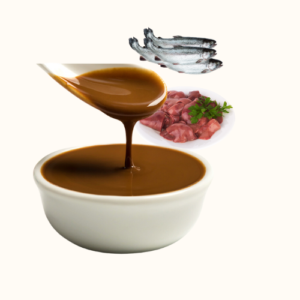Ever wondered why some pets gobble up their food with gusto while others turn up their noses? The secret often lies in the ingredients and palatability of the pet food. Let’s dive deep into the world of pet food ingredients and discover how palatants and palatability enhancers are making meals more enjoyable for our furry friends.
Table of Contents
- The Importance of Quality Pet Food Ingredients
- Understanding Pet Food Palatability
- What Are Pet Food Palatants?
- How Palatability Enhancers Work
- Benefits of Using Palatants in Pet Food Manufacturing
- Choosing the Right Palatants for Your Products
- Emerging Trends in Pet Food Ingredients
- Conclusion
1. The Importance of Quality Pet Food Ingredients
Just like humans, pets thrive on nutritious, well-balanced diets. High-quality ingredients not only support overall health but also influence the taste and aroma of the food.
- Nutritional Value: Premium ingredients ensure pets receive essential vitamins, minerals, and proteins.
- Digestibility: Better ingredients mean easier digestion and nutrient absorption.
- Safety: Quality control reduces the risk of contaminants and allergens.
[Learn more about premium pet food ingredients at profypet.com]
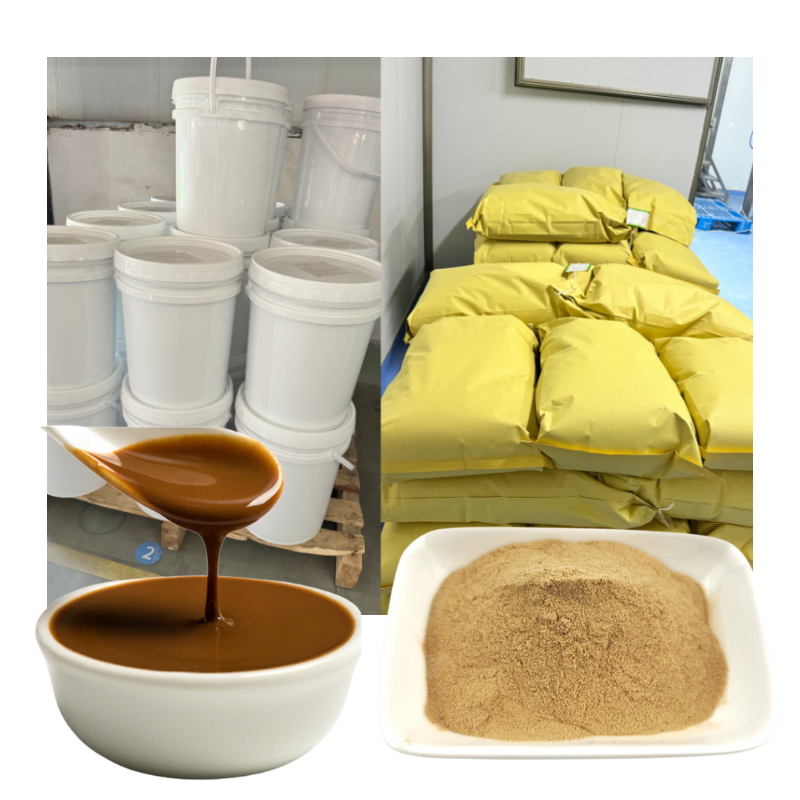
2. Understanding Pet Food Palatability
Palatability refers to how appealing food is to the senses, particularly taste and smell. For pets, palatable food means they are more likely to eat and enjoy their meals.
- Taste: The flavor profile should match pets’ preferences.
- Aroma: A strong, pleasant smell can entice pets to eat.
- Texture: The right texture enhances the eating experience.
3. What Are Pet Food Palatants?
Pet food palatants are additives used to enhance the taste and smell of pet food, making it more attractive to pets.
- Natural Palatants: Derived from meats, fish, and plants.
- Artificial Palatants: Chemically synthesized to mimic natural flavors.
- Liquid vs. Dry Palatants: Used depending on the type of pet food (wet or dry).
4. How Palatability Enhancers Work
Palatability enhancers stimulate pets’ senses, encouraging them to eat.
- Flavor Enhancement: Intensify the natural flavors pets love.
- Aroma Boost: Release scents that are irresistible to pets.
- Taste Masking: Cover up less desirable flavors from certain ingredients.
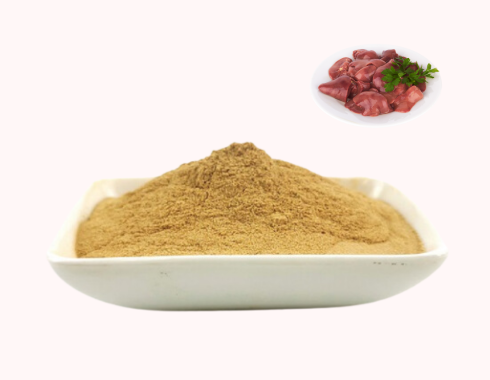
5. Benefits of Using Palatants in Pet Food Manufacturing
Incorporating palatants offers several advantages:
- Increased Consumption: Pets are more likely to eat the food provided.
- Improved Nutrition: Ensures pets get the nutrients they need by consuming enough food.
- Product Differentiation: Sets your pet food apart in a competitive market.
6. Choosing the Right Palatants for Your Products
Selecting the appropriate palatants is crucial for pet food manufacturers.
- Know Your Audience: Different pets have different preferences.
- Quality Matters: Opt for high-quality palatants to ensure safety and effectiveness.
- Regulatory Compliance: Ensure palatants meet industry regulations and standards.

7. Emerging Trends in Pet Food Ingredients
Staying ahead means keeping up with the latest trends:
- Natural and Organic Ingredients: Increasing demand for clean labels.
- Customized Nutrition: Tailoring food to specific pet needs.
- Sustainability: Eco-friendly sourcing and production methods.
8. Conclusion
Enhancing pet food palatability is more than just making food taste good; it’s about improving the overall well-being of pets by ensuring they enjoy and consume their meals. By focusing on quality ingredients and effective palatants, manufacturers can create products that pets love and owners trust.
For more insights into pet food palatants and how they can transform your products, visit profypet.com.



